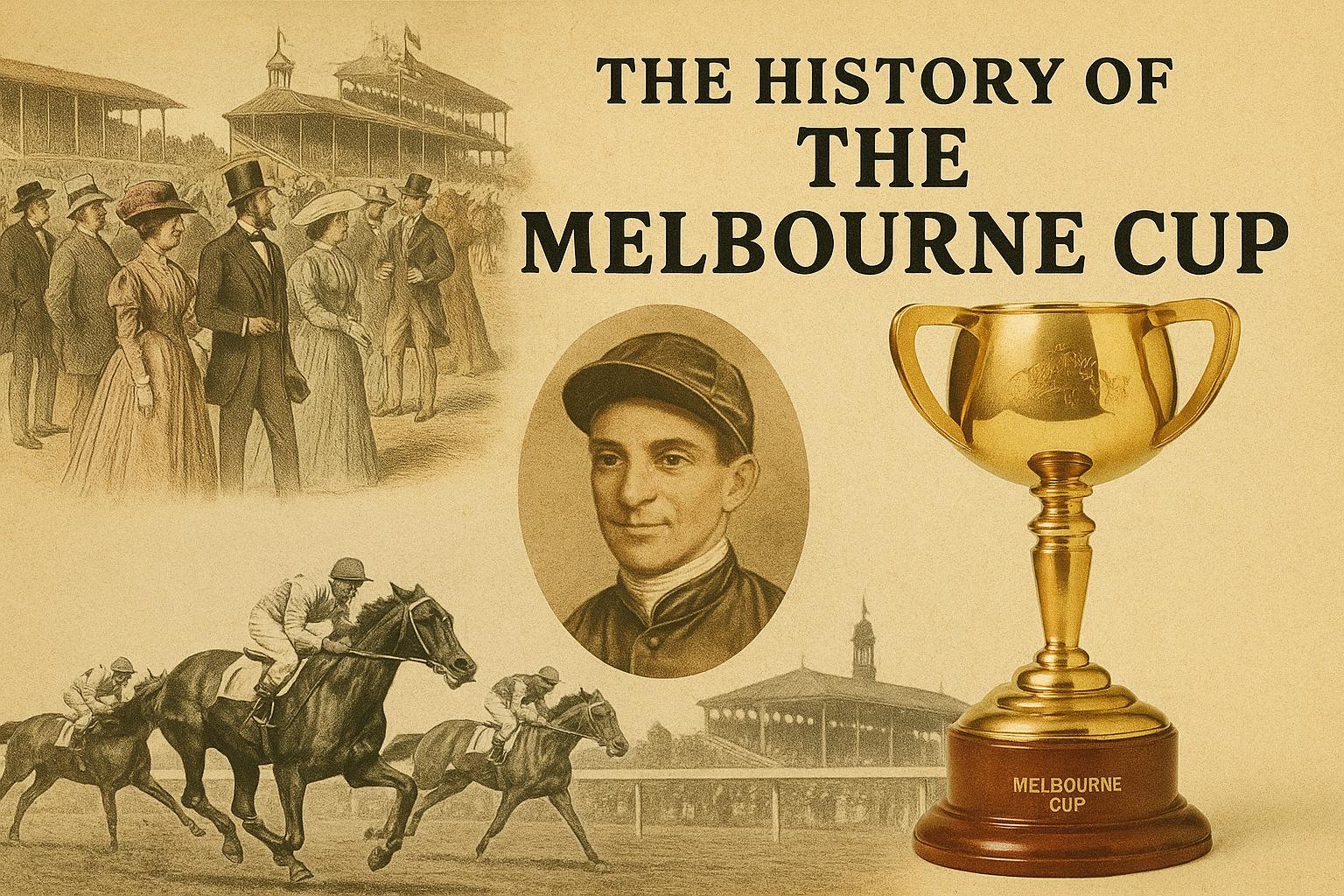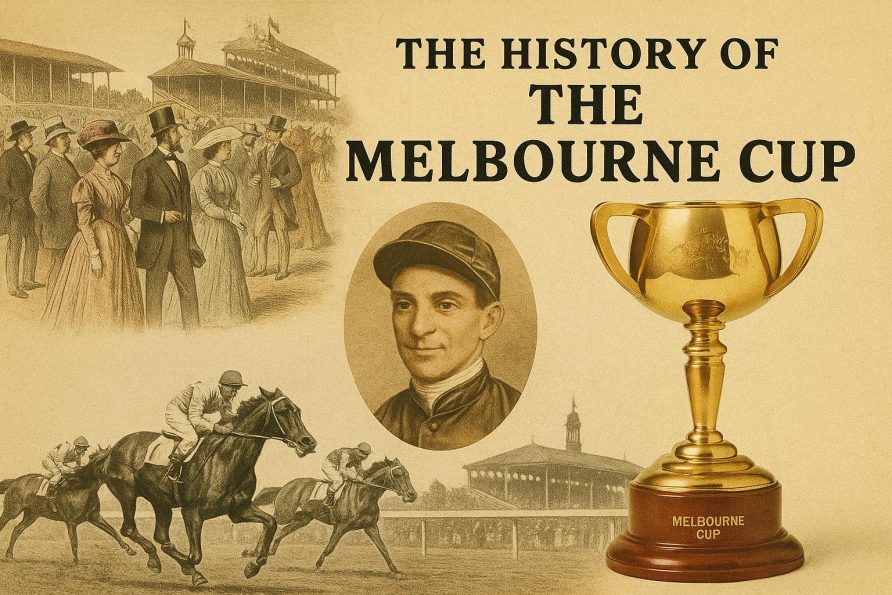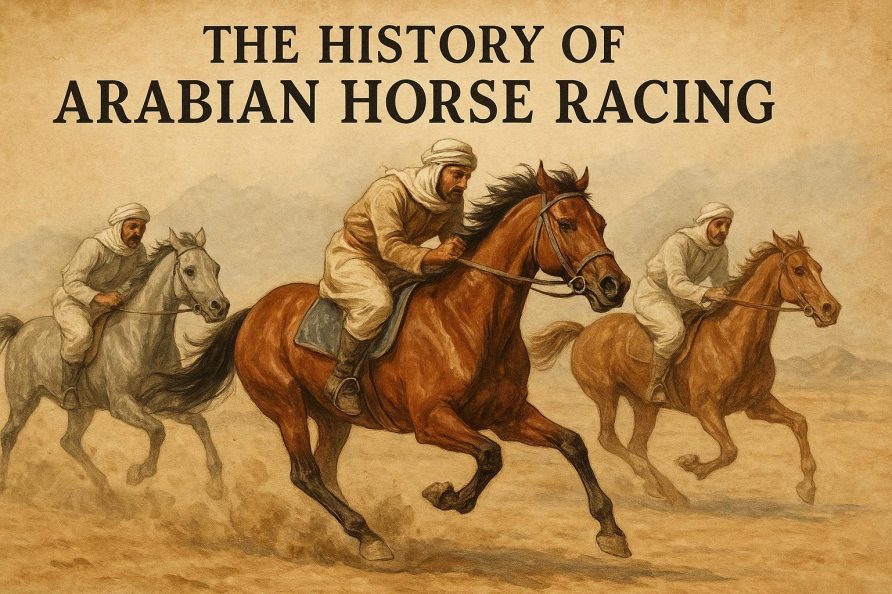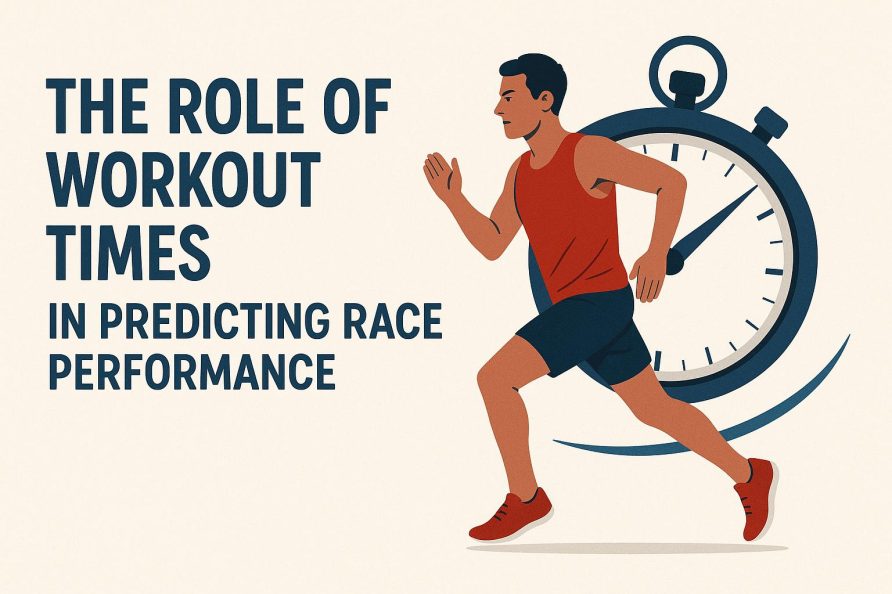The Origins of the Melbourne Cup
The Melbourne Cup, an iconic Australian horse race, traces its roots back to the 19th century. The inaugural race took place on November 7, 1861, at the Flemington Racecourse in Melbourne, Australia. Organized by the Victoria Turf Club, the event was intended to highlight the growing Australian horse racing culture. Designed as a long-distance challenge, the initial race spanned two miles, later adjusted to 3,200 meters in 1972 to conform with the metric system.
Early Development and Significance
From its modest beginnings, the Melbourne Cup rapidly gained popularity and prestige. By the late 1800s, the race had evolved to such prominence that it became a public holiday in Melbourne, underscoring its cultural and social significance. Open to horses aged three years and older, the race adopted a handicap system, assigning weights to horses based on their past performances. This approach was implemented to ensure a competitive field, providing every participant with a fair chance of winning. Over time, the Melbourne Cup grew into a major event, capturing the hearts of Australians and contributing significantly to the vibrant local culture.
The Melbourne Cup’s Role in Australian Culture
As the years passed, the Melbourne Cup became deeply embedded in the cultural fabric of Australia. Often referred to as “the race that stops a nation,” it has become a day of celebration across the country. Each year, millions of Australians temporarily put aside their routines to watch the race. Whether gathered in person at Flemington Racecourse or tuning in through broadcasts, the public embraces this shared experience. Extensive media coverage and numerous social gatherings underscore the event’s significance, turning the race into a national moment of pride and unity.
A Global Event
What began as a local event has blossomed into a race of international repute. The Melbourne Cup now attracts participation from top-tier horses, trainers, and jockeys worldwide, representing a true global melting pot of equestrian talent. Over the years, international winners have added to the event’s prestige, helping elevate its status on the global racing stage. Today, the Melbourne Cup is recognized as one of the world’s richest “two-mile” handicap races, offering millions in prize money and drawing a global audience eager to witness the excitement.
Notable Moments and Winners
The Melbourne Cup’s history is rich with unforgettable moments, each adding to its storied legacy. A particularly poignant event took place in 1930 when the legendary horse Phar Lap clinched victory, reinforcing his place in the annals of Australian sporting history. Another momentous occasion occurred in 2005, with Makybe Diva making history as the first horse to secure three consecutive Melbourne Cup wins. These and many other performances continue to resonate with fans, ensuring that the tales of triumph remain etched in the narrative of the Melbourne Cup for generations to come.
The Modern-Day Melbourne Cup
In contemporary times, the Melbourne Cup retains its status as a celebration of equestrian prowess and tradition. Integral to Australia’s sporting calendar, the event draws tens of thousands to Flemington Racecourse, with countless others engaging through various media channels. The race has adeptly balanced modernization with tradition, incorporating technological advancements to enhance the experience for participants and spectators alike while preserving its rich historical legacy. For those interested in keeping abreast of the latest happenings related to the Melbourne Cup, further information can be found on the official website of the Victoria Racing Club.
As the Melbourne Cup continues to captivate audiences worldwide, it remains a testament to the enduring appeal of horse racing and the unifying spirit it fosters among participants and fans. With a history steeped in tradition and moments of legendary performances, the Melbourne Cup stands as a symbol of competitive excellence and cultural celebration, capturing the imagination of all who experience it.





